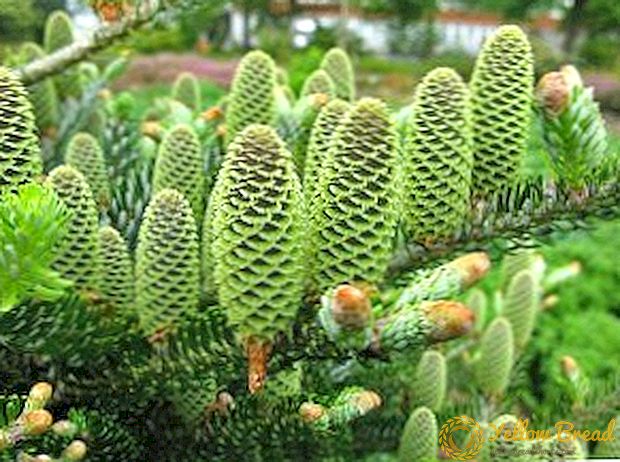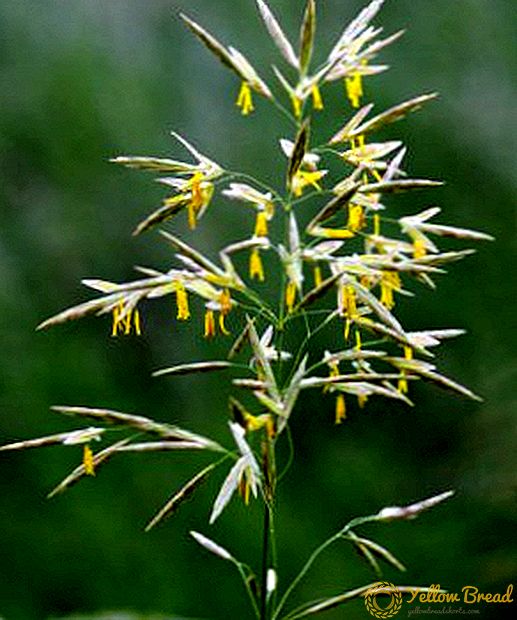 "Tromeksin" - a complex drug that is used to treat various diseases of the respiratory tract and infectious manifestations in animals.
"Tromeksin" - a complex drug that is used to treat various diseases of the respiratory tract and infectious manifestations in animals.
- Description and composition of the drug
- pharmachologic effect
- Indications for use of the drug
- How to apply "Tromeksin" for rabbits
- Special instructions, contraindications and side effects
- Terms and conditions of storage
Description and composition of the drug
"Tromeksin" comes in the form of a yellow powder that must be diluted with water for oral administration. This medicine is an antibacterial antibiotic with a wide spectrum of action. Active substances are:
- sulfamethoxypyridazine - 0.2 g per 1 g of the drug;
- tetracycline hydrochloride - 0.11 g per 1 g of the drug;
- Trimethoprim - 0.04 g per 1 g of the drug;
- Bromhexine hydrochloride - 0.0013 g per 1 n of the preparation.
pharmachologic effect
Components such as sulfamethoxypyridazine, trimethoprim have an antibacterial effect,and Bromhexine hydrochloride acts as an improvement in the ventilation of the lungs and as a diluting component of the respiratory tract.
 From the body the drug is excreted through the urine and bile.
From the body the drug is excreted through the urine and bile.Effective use of "Tromexin" is considered for infections that are caused by:
- pasteurella;
- proteus mirabilis;
- escherichia coli;
- salmonella;
- neisseria;
- klebsiella;
- staphylococcus;
- bordetella;
- clostridium;
- proteus;
- enterococcus;
- streptococcus.

Indications for use of the drug
Indications for the use of "Tromexin" for rabbits are:
- acute rhinitis;
- pasteurellosis;
- enteritis.
How to apply "Tromeksin" for rabbits
The use of this drug for rabbits is a group method. To do this, on the first day it is necessary to dilute 2 g of the product with a liter of water. During the second and third day of treatment, the dose of the veterinary drug Tromexin is reduced: 1 g of product is diluted per liter of water. If the symptoms of the disease continue to appear, then it is necessary to take a break in treatment for 3 days and then repeat the treatment in the same way. 
Special instructions, contraindications and side effects
If "Tromeksin" is used in doses exceeding the normal amount, then the following side effects are noted:
- irritated mucous membrane of the digestive tract;
- kidney work worsens;
- there is anemia mucous.
- hypersensitivity to the components of "Tromexin" in animals;
- renal failure.

Terms and conditions of storage
Store the drug in dry rooms so that it does not fall under direct sunlight. Storage temperature should not exceed 27 ° C. Store in original packaging - no more than 5 years. Do not use when expired.
"Tromeksin" - a high-quality and effective drug that is an effective medicine in the case, if you follow the instructions for use and in time to respond to diseases in animals.






